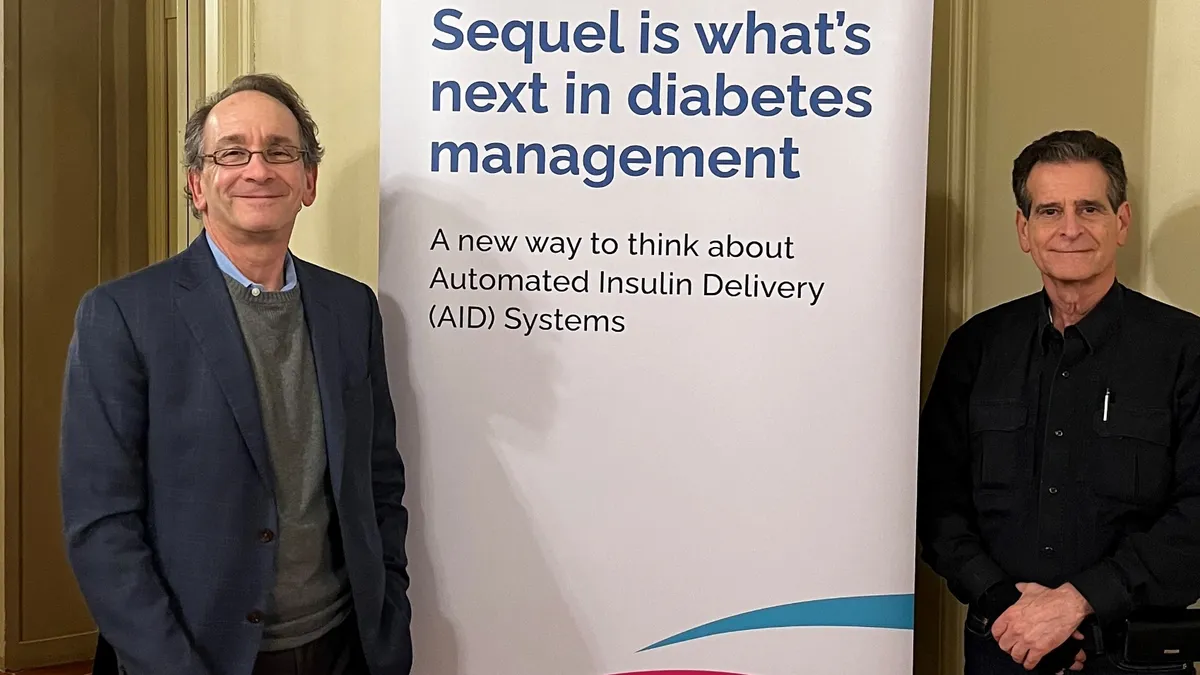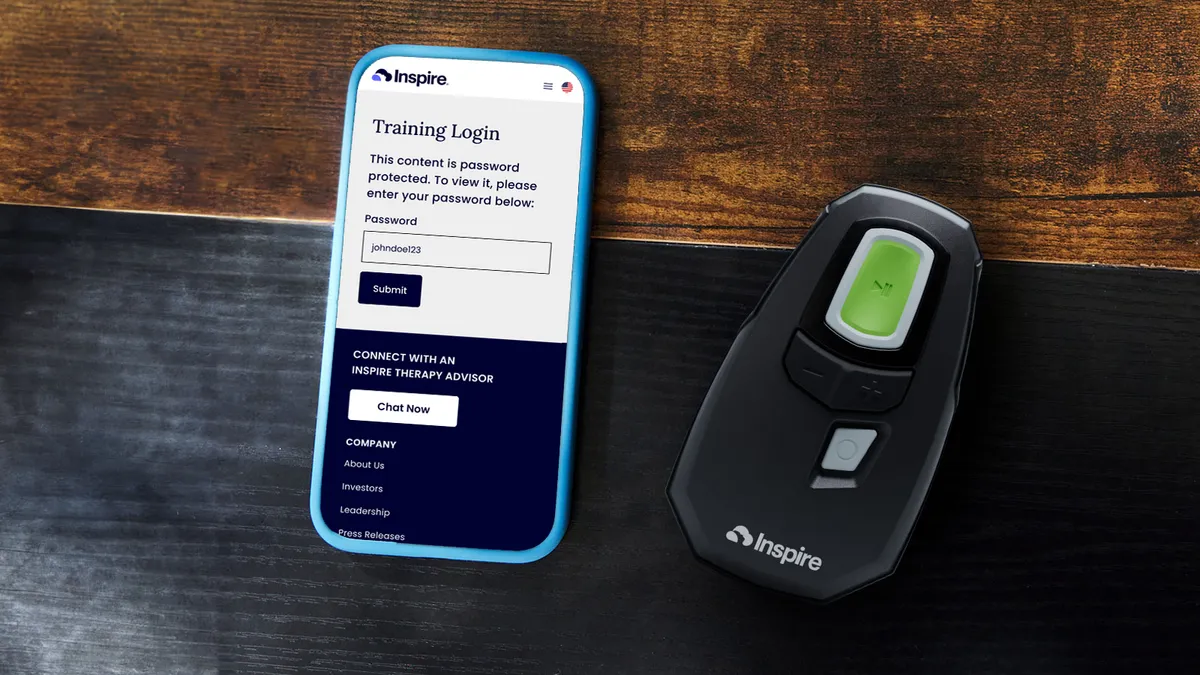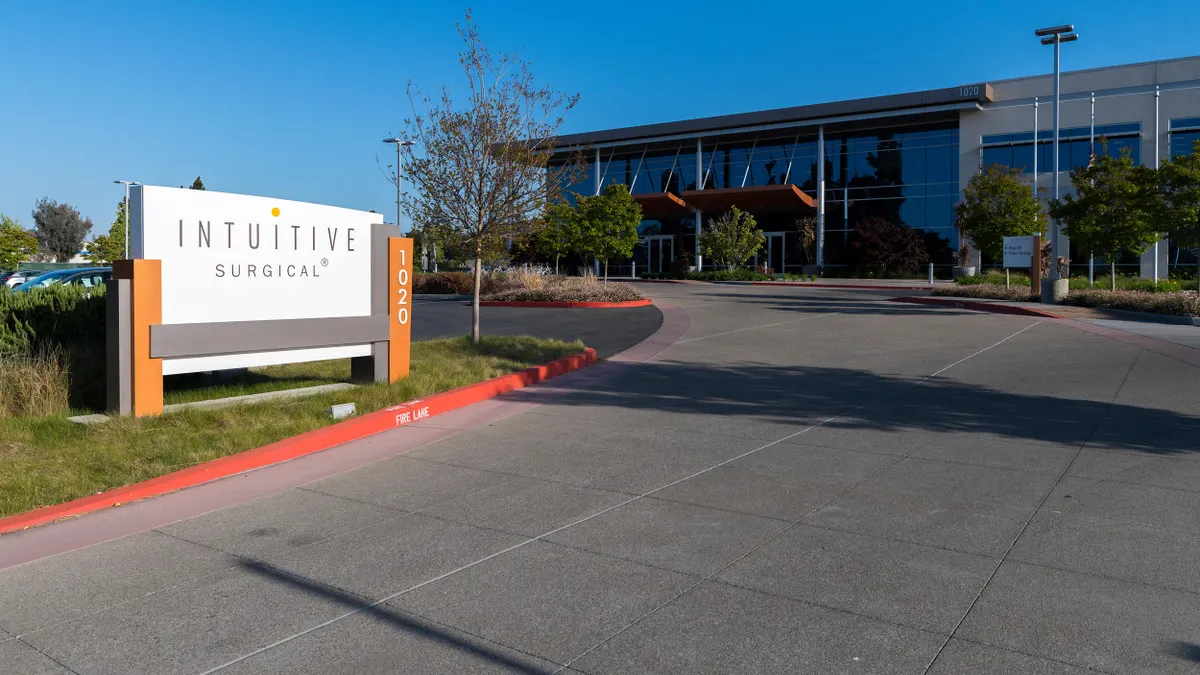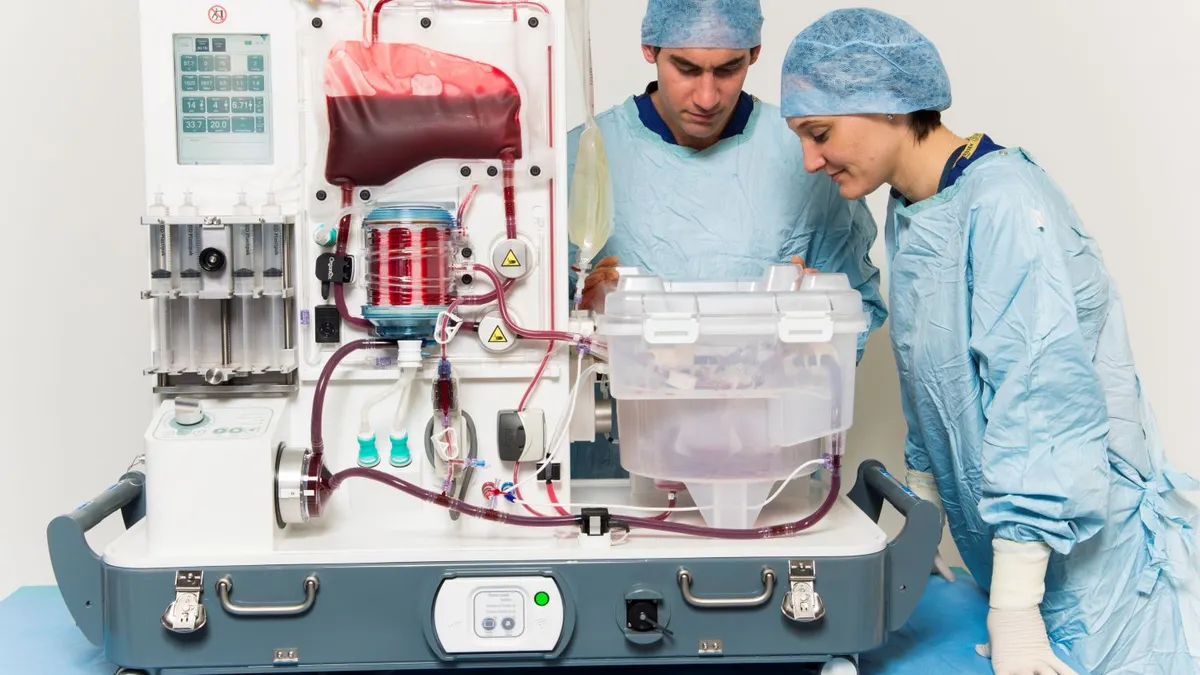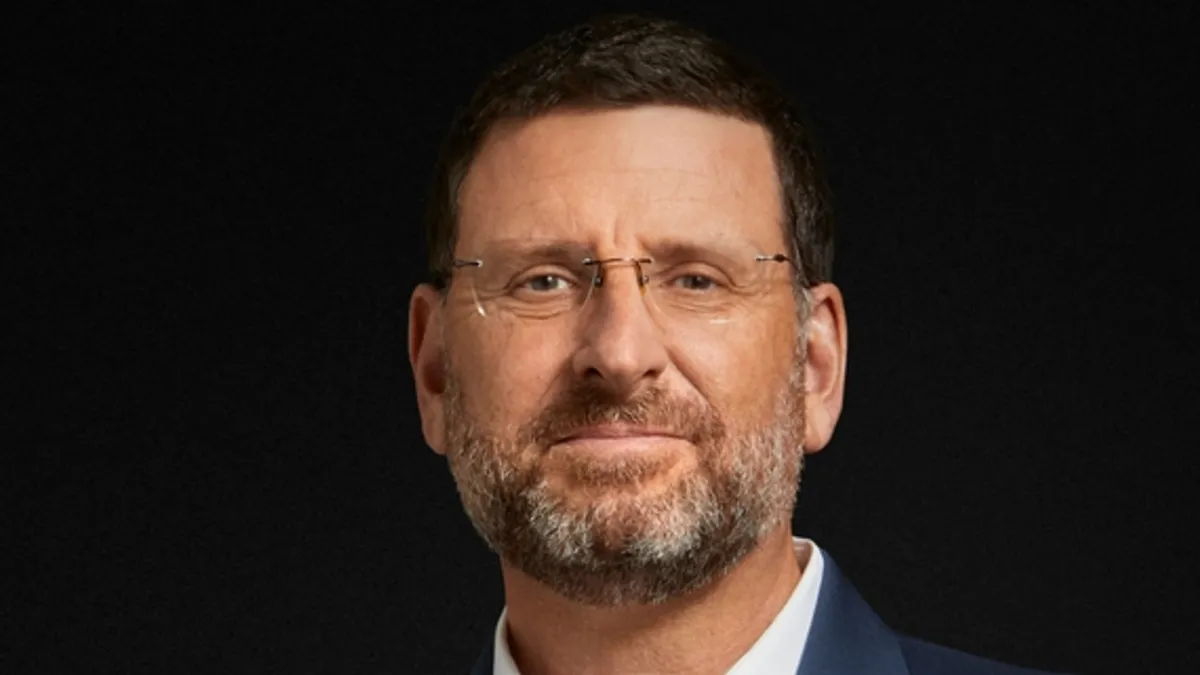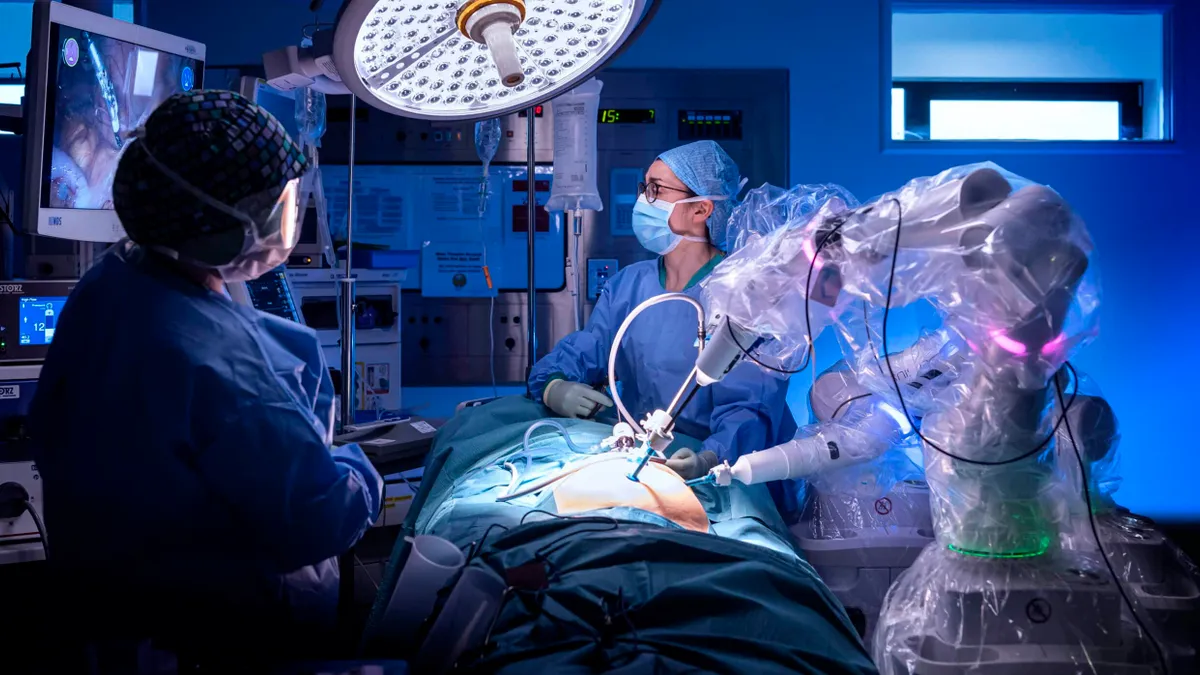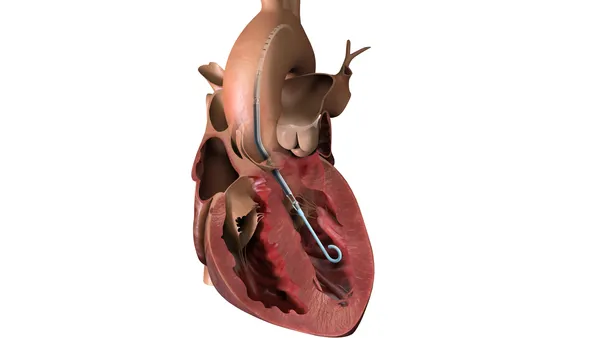Sequel Med Tech is working to sell a new, more precise type of insulin pump that can measure the amount of insulin delivered to users.
CEO Alan Lotvin, former president of pharmacy benefit manager CVS Caremark, started the company in 2023, along with Dean Kamen, president of Deka Research and Development, and three other co-founders.
Kamen created one of the first portable insulin pumps in the ‘70s and is also known for another invention — the Segway. Deka developed the new insulin pump, called Twiist, and received Food and Drug Administration clearance in March for the device to be used by people with Type 1 diabetes. Sequel will market the device.
MedTech Dive caught up with Lotvin and Kamen to talk about the story behind Sequel and what’s next for the company.
Sequel’s start
Lotvin and Kamen first met through a home dialysis project. While Lotvin was at Caremark, the two were introduced through mutual friends, and CVS launched a trial of a home dialysis device developed by Kamen in 2019.
While they were talking, Lotvin saw an early version of the Twiist device.
“I just remember thinking, ‘I love what I've been doing for the last 20 years, but I really want to get closer to the science and technology,’” Lotvin said. “And I couldn't think of a better group of people to do it with than Dean on the technology and physical science side, and [Royalty Pharma CEO Pablo Legorreta] on the biological science side.”
Kamen invented the first portable insulin pump in the ‘70s, according to the National Inventors Hall of Fame. The idea was spurred by his brother, who was in medical school and was looking for a way to deliver medication to premature infants.
Kamen went into his parents’ basement and made a tiny syringe with an electronic component to precisely deliver medication doses. Later, endocrinologists tried using the device for diabetes to see if spreading out insulin delivery throughout the day could lead to better results.
Kamen then asked, Can you deliver more insulin when blood glucose levels go up, and stop when blood glucose levels go down? He was told that a sensor was needed and the technology was at least five years away. Kamen started a company called Autosyringe in 1976 to make and sell the technology, eventually selling it to Baxter.
“So I went off to do other things, waiting for them within five years to tell me they could close the loop,” Kamen said. “And I was wrong. It wasn't five years. It was 25 years.”
Dexcom, a leader in the CGM space, was founded in 1999.
Finally, Kamen could build the system that he wanted. But Kamen still wasn’t satisfied with the technology in existing insulin pumps — wanting more precision in the amount of insulin delivered.

How Twiist works
Kamen said Twiist differs from other insulin pumps because it has no syringes, no gears and no motors. Most current pumps use a tiny motor that rotates, causing a plunger to push insulin into the tubing.
“Our little Twiist is a device that can monitor and control the flow of the fluid, but it has nothing in its technology that looks anything like a pump,” Kamen said.
It also has a feature to measure the amount of insulin actually delivered. Because of this, the device also has advantages in detecting air or blockages that can affect the amount of insulin delivered, Lotvin said.
The device is cleared for people with Type 1 diabetes, ages six and up. Lotvin said Sequel is working on CGM partnerships and plans to launch Twiist after working through final details such as quality and customer service. He didn’t share an exact date for a launch.
Tidepool Loop integration
Sequel is working with Tidepool, a nonprofit making the first fully interoperable automated insulin delivery (AID) system. It’s designed so that people can pair sensors with insulin delivery devices of their choice. The Tidepool Loop app can predict a person’s blood sugar levels and ensure they receive the correct insulin dose.
Tidepool Loop also has some unique features, including the ability to control insulin delivery from an Apple Watch, and the widest range of blood glucose targets, from 87 mg/dL to 180 mg/dL.
Sequel chose Tidepool as a partner for these reasons, and because the app was “made by people living with diabetes for people living with diabetes,” Lotvin said.
He added that the partnership meets the FDA’s vision for “bring your own device” in diabetes management.
Future of diabetes tech
Lotvin emphasized the importance of choice in diabetes technology, adding that people want to interact with devices differently.
“Some people want to set it and forget it,” he said. “Some people want to play with all the knobs and dials.”
Another goal of Lotvin’s is to change the experience for people living with diabetes.
“Right now, it is not a great experience, right?” he said. “You have to deal with multiple different parties and multiple different entities. They don't tend to talk to each other.”
Both Lotvin and Kamen discussed the long-term goal of moving toward “fully closed-loop” insulin delivery systems that don’t require any user input. Most AID systems on the market are hybrid closed loop systems, where users still need to program insulin boluses with meals.
With fully automated systems, safety will be important as people pay less attention to their devices, Kamen said. Systems should be very reliable, and they should alert users if they fail.
“We have to give people a much safer system as they start depending more and more on it being closed loop,” said Kamen.
Correction: This article has been updated to correct the formatting of Sequel Med Tech's name.


